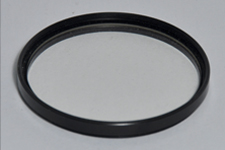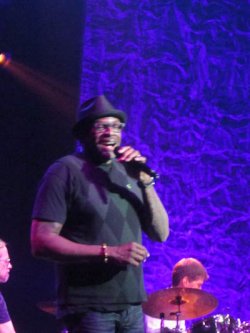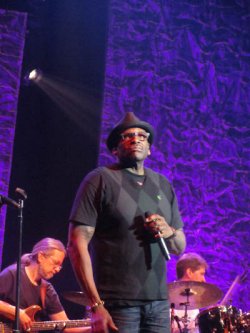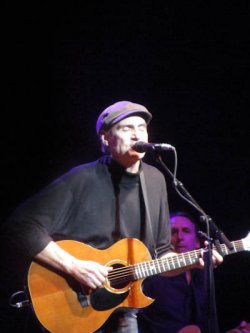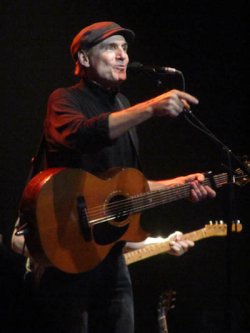Online Magazine
Recent Posts
- Safeguard your Cellphone Photos
- Black & White to Color – Instantly
- Wearing Many Hats
- Video Roundup
- Rescuing Your Blurry Pictures
- Showing Their Age
- What is Your Angle?
- Panorama Photos
- Humorous Photos
- Close Ups
- Fisheye Pictures
- Photo Antiquities
- Printing Big
- Appreciating Scale
- Celebrity Sightings
Tags
More Places to Go
- Free "How-To" Books “How To” books for popular cameras 0
- Vist Us on Facebook keep in touch with us on Facebook 2
Archives
- July 2023 (1)
- March 2023 (2)
- February 2023 (1)
- December 2022 (1)
- October 2022 (1)
- September 2022 (8)
- August 2022 (9)
- July 2022 (1)
- June 2022 (1)
- June 2021 (1)
- May 2021 (1)
- March 2021 (5)
- February 2021 (4)
- January 2021 (2)
- April 2019 (1)
- March 2019 (1)
- February 2019 (1)
- October 2018 (2)
- April 2018 (1)
- March 2018 (4)
- February 2018 (1)
- November 2017 (1)
- August 2017 (1)
- June 2017 (1)
- April 2017 (1)
- March 2017 (5)
- February 2017 (2)
- January 2017 (1)
- October 2016 (1)
- September 2016 (1)
- August 2016 (1)
- July 2016 (1)
- May 2016 (1)
- April 2016 (1)
- March 2016 (2)
- February 2016 (1)
- January 2016 (2)
- December 2015 (1)
- November 2015 (1)
- October 2015 (3)
- April 2015 (1)
- March 2015 (5)
- February 2015 (1)
- January 2015 (4)
- December 2014 (2)
- November 2014 (5)
- October 2014 (2)
- September 2014 (1)
- August 2014 (2)
- July 2014 (1)
- May 2014 (1)
- April 2014 (5)
- March 2014 (5)
- December 2013 (2)
- November 2013 (18)
- October 2013 (1)
- September 2013 (1)
- August 2013 (1)
- July 2013 (1)
- June 2013 (3)
- May 2013 (1)
- April 2013 (2)
- March 2013 (1)
- February 2013 (1)
- January 2013 (1)
- December 2012 (1)
- November 2012 (2)
- October 2012 (2)
- September 2012 (5)
- August 2012 (2)
- July 2012 (1)
- June 2012 (1)
- May 2012 (1)
- April 2012 (4)
- March 2012 (1)
- February 2012 (1)
- January 2012 (3)
- December 2011 (1)
- November 2011 (3)
- October 2011 (1)
- September 2011 (2)
- August 2011 (2)
- June 2011 (3)
- May 2011 (4)
- April 2011 (8)
- March 2011 (8)
- February 2011 (10)
- January 2011 (6)
- December 2010 (11)
- November 2010 (14)
- October 2010 (6)
- September 2010 (12)
- August 2010 (2)
- July 2010 (4)
- June 2010 (3)
- May 2010 (1)
- April 2010 (1)
- March 2010 (2)
- February 2010 (1)
- January 2010 (1)
- December 2009 (1)
- November 2009 (2)
- October 2009 (2)
- September 2009 (1)
- August 2009 (3)
- July 2009 (2)
- June 2009 (1)
- May 2009 (2)
- April 2009 (1)
- March 2009 (2)
- February 2009 (1)
- January 2009 (3)
A Magnetic Force or How I Waste Time
01st April 2011
Disassembling a Hard Drive
Caution – you are about to waste your time. Here is yet another way to divert your attention from the really important things that you should be doing instead of reading this article.
When photography depended on using film, it wasn’t important for the average picture taker to use a personal computer. Digital photography has changed this all and makes owning and using a personal computer almost a necessity.
Nowadays, many of us depend on a personal computer to help with our daily tasks and/or for our livelihood. I’d venture to say that many of you are on your third or forth or more generation personal computer – you’re no longer a novice computer user. As such, you’ve replaced a hard drive or two. And hopefully, you were prudent enough to have backed up your data!
Over the years, I have replaced many, many hard drives. For some reason, instead of depositing the dead drive in the trash, I toss it into a large carton and now have quite a large collection. Every once in a while, I pull a drive out and dissect it.
Why? Because I like to tinker and because I use a few of the internal component
(more…)
Protective Filters For Your Lens
14th March 2011
To protect it from scratches and help keep it clean, consider using a clear protective filter on your camera lens.
Now you might be thinking “isn’t that the purpose of a lens cap?” and you’d be correct. The problem with a lens cap, however, is that it’s so easy to lose or misplace it. A filter, unlike the lens cap, is actually attached to the lens so it cannot fall off or become lost. Also, you won’t lose an opportunity of snaping a once in a lifetime photo by fumbling with the camera to remove the lens cap.
Keep in mind as you consider using a filter that if you ask ten photographers whether they use filters, five may say yes and five may say never. In other words, there are many opinions on the value of protective filters. Some believe that a filter is unnecessary and therefore they rarely, if ever, use a protective filter. They may prefer using lens caps, lens hoods or simply handling their cameras very carefully.
Some photographers believe that lenses made today are already protected with special coatings against scratches and dust and, therefore, don’t need any protection from the environment in most normal photography conditions.
Other photographers keep a filter on each lens they use, perhaps taking the filter off during certain types of photography.
You’ll have to decide whether a quality clear filter is best for your shooting situations.
Note: instead of a clear filter, you may also consider an UV filter. It serves the same purpose as a clear protective filter but may be easier to find at your local camera dealer.
Written by Scott Slaughter
Event Tip # 3 – James Taylor concert
10th March 2011
Having grown up in the late 60s, I was excited to learn that one of my contemporaries – James Taylor – was going to be performing in Grand Rapids on March 8th. I anxiously waited for tickets to go on sale, but they were quickly sold out in less than an hour. Fortunately, I found two available last minute tickets through StubHub so I was still in luck.
Through the years, I’ve done my fair share of event photography. But nowadays when I go to a concert or show, I’m usually attending as a spectator and not as a working photographer with a press pass. Since one of my hobbies is to collecting pictures of celebrities, I continue to take a small camera with me – just in case.
Typically, show venues are a mixture of dark backgrounds with strong spotlights. For effect, the performers are often “creatively lit” (read dimly). This stage lighting makes for a very contrasty scene.
So the challenge is to be able to use the theater’s available light to capture the performers. Flash is a no-no.
For stage performances, you can use relatively inexpensive equipment. On this occasion I used a Canon SX210 IS point-and-shoot which has a 14X optical lens. Our seats were fairly close – the seventh row – but the lens allowed me to zoom in to grab a decent shot.
Just a quick note about courtesy: The auditorium was filled to the brim. Everyone paid for tickets with their hard-earned money so I go out of my way to keep as unobtrusive as possible when taking photos. I’m careful not to put my camera in front of another spectator and to be silent as I snap (usually a menu selection for “silent mode”). They are there for the performance, not to be disturbed by a rude and noisy picturetaker.
And since my real reason for being at the concert was to hear the performance, I make sure that I get to enjoy the music without being overly preoccupied with my camera. And by the way, the performance was great!
You can see more celebrity photos from my hobby celebrity collection here.
Written by Arnie Lee
« Older Posts — Newer Posts »
